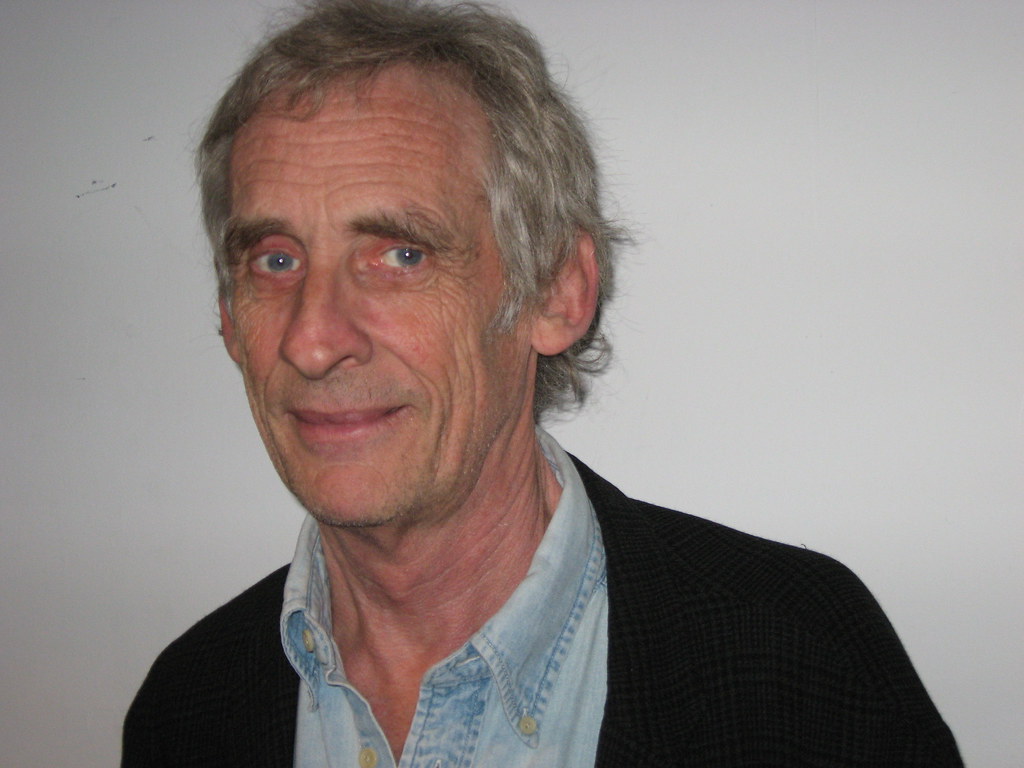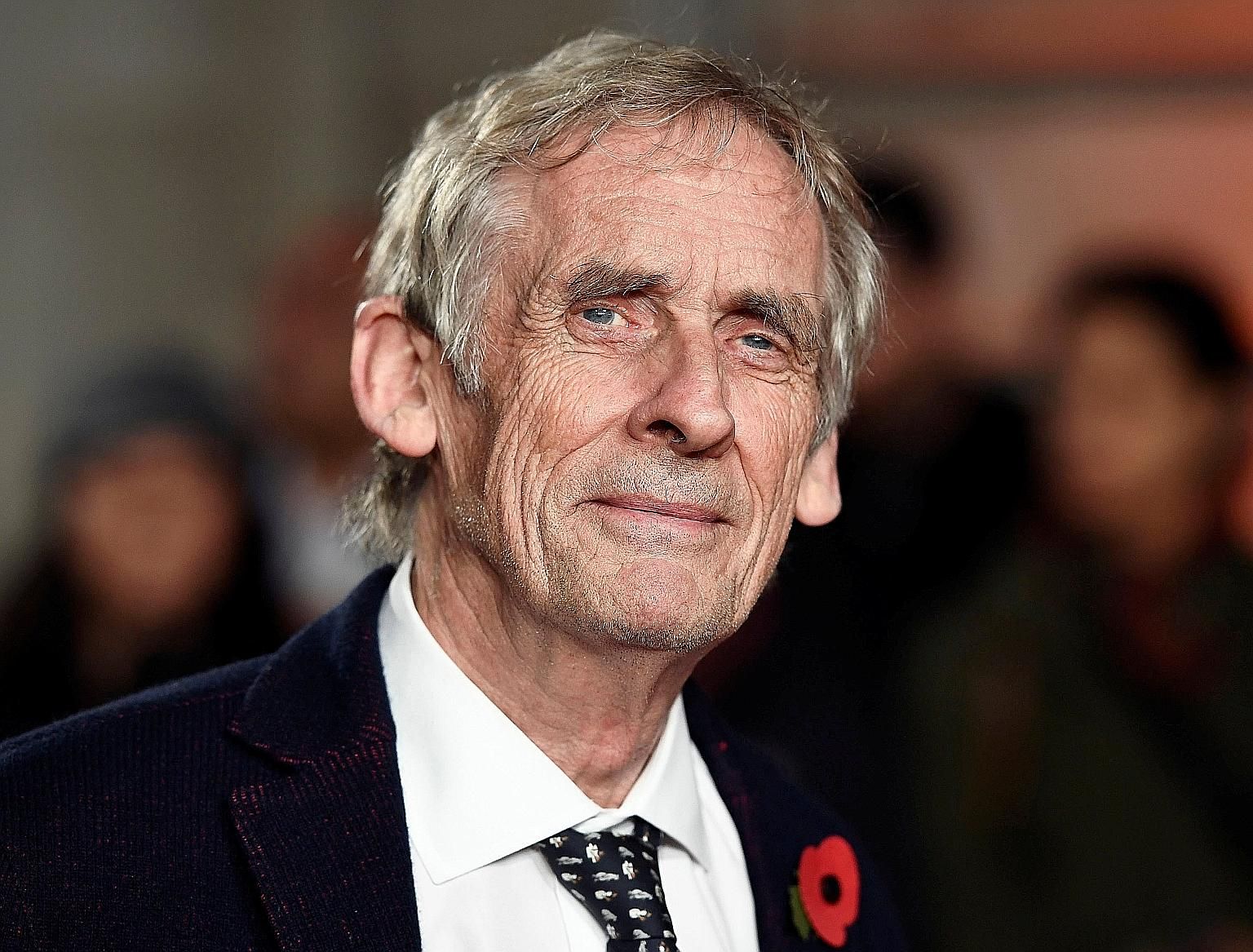Roger Spottiswoode: The Creative Force Behind Memorable Movies
Roger Spottiswoode, a name perhaps not always on the tip of everyone's tongue, holds a truly significant place in the world of film. His work, you see, has touched so many different parts of cinema, leaving a lasting mark on audiences for years. He has a way of telling stories that really sticks with you, and that's something special, you know?
Born in Ottawa, Ontario, Canada, on January 5, 1945, Spottiswoode grew into a filmmaker with a clear vision. His career shows a remarkable range, moving between high-octane action films and thoughtful dramas. It’s pretty interesting how one person can contribute so much to different kinds of stories, isn't it?
From thrilling chase scenes to quieter, more reflective moments, his films often show a deep understanding of human nature. This Canadian talent has, in a way, helped shape how we experience stories on the big screen. We're going to take a closer look at his journey, exploring some of his most notable contributions and what makes his work so compelling.
Table of Contents
- Biography and Early Career
- Personal Details and Bio Data
- Directorial Achievements
- A Skilled Artist
- Frequently Asked Questions About Roger Spottiswoode
Biography and Early Career
Roger Spottiswoode first came into the world on January 5, 1945, in Ottawa, Ontario, Canada. His path into filmmaking wasn't just about directing from the start, you see. He began his professional life as an editor, learning the ropes of how a film is put together, piece by piece. This early experience, honestly, gave him a very strong foundation for what was to come later.
In the early 1970s, he spent time editing several films for the legendary Sam Peckinpah. That's a pretty big deal, actually, working with someone like Peckinpah. This period, in some respects, would have taught him a lot about pacing, visual storytelling, and creating impactful scenes. It's almost like a masterclass in filmmaking before he even stepped into the director's chair himself.
Spottiswoode then decided to try his hand at directing in the early 1980s. This move, naturally, marked a new chapter in his creative journey. He quickly showed he had a real knack for it, making films that captured the attention of many. His background as an editor, you could say, really helped him craft his directorial style.
Personal Details and Bio Data
| Full Name | Roger Spottiswoode |
| Date of Birth | January 5, 1945 |
| Place of Birth | Ottawa, Ontario, Canada |
| Nationality | Canadian |
| Primary Professions | Director, Producer, Editor |
| Known For Directing | 48 Hrs. (1982), Shoot to Kill (1988), Tomorrow Never Dies (1997), The 6th Day (2000), Terror Train (1980), Under Fire (1983) |
| Notable Editing Work | Several films for Sam Peckinpah in the early 1970s |
Directorial Achievements
When Roger Spottiswoode started directing in the early 1980s, he didn't waste any time making his presence felt. His very first film, "Terror Train" in 1980, was, you know, a college slasher that really stood out. It starred Jamie Lee Curtis, Ben Johnson, and even David Copperfield. That's a rather interesting mix for a horror film, wouldn't you say?
Action and Thrillers
He quickly became known for his skill in the action and thriller genres. "48 Hrs." from 1982 is a prime example of his work in this area. It's a film that, to be honest, helped define a certain kind of buddy-cop action movie. The pacing, the tension, the characters – it all came together very well under his guidance.
Then there's "Shoot to Kill" from 1988, another one that showed his ability to craft suspenseful stories. These films, you see, weren't just about explosions or car chases. They had a certain grit to them, a realness that made them quite compelling. He has, apparently, a knack for keeping audiences on the edge of their seats.
Later on, in 2000, he directed "The 6th Day," a science fiction action film. This film, too, showcased his versatility in handling different types of action-packed narratives. It's pretty clear he enjoys bringing these kinds of exciting stories to life, isn't it?
The James Bond Connection
One of the biggest moments in Roger Spottiswoode's career came with the James Bond series. After a film that didn't do so well at the box office, "Stop! Or My Mom Will Shoot" in 1992, he took on a pretty big challenge. He decided to take the helm of the 18th James Bond film, "Tomorrow Never Dies" from 1997. This was, in a way, a risky decision, as the franchise was looking for a fresh spark.
Taking on a Bond film is, you know, a huge responsibility. There are so many expectations from fans and critics alike. Spottiswoode, however, brought his unique touch to the spy saga. "Tomorrow Never Dies," produced by Eon Productions, really helped bring the character back to prominence. It showed his ability to handle a massive production and deliver a crowd-pleasing action spectacle, which is quite a feat.
Films with a Message
Beyond the excitement and thrills, Roger Spottiswoode has also shown a deeper side to his filmmaking. His film "Under Fire" from 1983 is a powerful example of this. It tells the story of war journalists, and it was, arguably, ahead of its time in how it explored their experiences. This film, in some respects, truly highlighted his interest in more meaningful storytelling.
It's not just about making a movie that entertains, but also one that makes you think. That's a quality you don't always find in directors who are also good at action. He has a way of blending the two, making films that are both exciting and thought-provoking. This kind of balance is, frankly, quite rare.
A Skilled Artist
Roger Spottiswoode is, you know, much more than just a director or a producer. He's also a very skilled editor, which, as we discussed, was where he started. This dual talent means he has a complete understanding of how a film is built, from the first shot to the final cut. It's like he sees the whole picture, inside and out.
But more importantly, people often describe him as an artist of conscience and taste. This means he brings a certain moral compass and a refined sensibility to his projects. He doesn't just make films; he crafts them with a purpose and a careful eye for detail. This attention to what truly matters, both in story and presentation, really sets his work apart, don't you think?
His ability to tell stories that resonate, whether they are fast-paced action or more serious dramas, really shows his depth as a filmmaker. He has, in a way, contributed a lot to how we experience movies. You can learn more about Roger Spottiswoode's work on our site, and also explore other directors by linking to this page here. His career, you could say, is a testament to perseverance and a genuine passion for storytelling.
For further reading and filmography details, a good resource would be a comprehensive film database like FilmReference.com.
Frequently Asked Questions About Roger Spottiswoode
People often have questions about filmmakers like Roger Spottiswoode. Here are a few common ones that come up.
What are some of Roger Spottiswoode's most well-known films?
Roger Spottiswoode is, to be honest, widely recognized for directing "48 Hrs." from 1982, which was a very popular action-comedy. He also helmed the James Bond film "Tomorrow Never Dies" in 1997, which is a pretty big deal. Other notable works include "Shoot to Kill" (1988) and "The 6th Day" (2000). His directorial debut, "Terror Train" (1980), starring Jamie Lee Curtis, is also quite famous among horror fans.
Did Roger Spottiswoode work with famous actors?
Yes, he has, in fact, worked with a number of well-known actors throughout his career. For example, he directed Eddie Murphy and Nick Nolte in "48 Hrs." Jamie Lee Curtis was in his first film, "Terror Train." Pierce Brosnan, of course, starred as James Bond in "Tomorrow Never Dies." Arnold Schwarzenegger was the lead in "The 6th Day." So, you know, he's certainly collaborated with some big names.
What was Roger Spottiswoode's role before becoming a director?
Before he started directing films, Roger Spottiswoode was, actually, a skilled film editor. He spent time in the early 1970s editing several movies for the renowned director Sam Peckinpah. This experience, you could say, gave him a very strong foundation in the technical and artistic aspects of filmmaking before he took on the director's chair. It's pretty interesting how he learned the craft from the ground up.

Roger Spottiswoode - Alchetron, The Free Social Encyclopedia

Roger Spottiswoode - Alchetron, The Free Social Encyclopedia

Pictures of Roger Spottiswoode